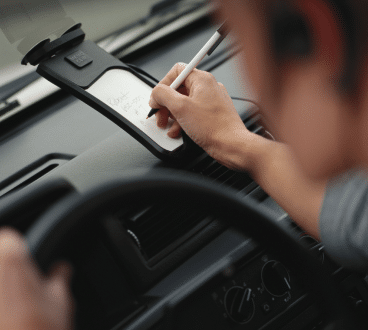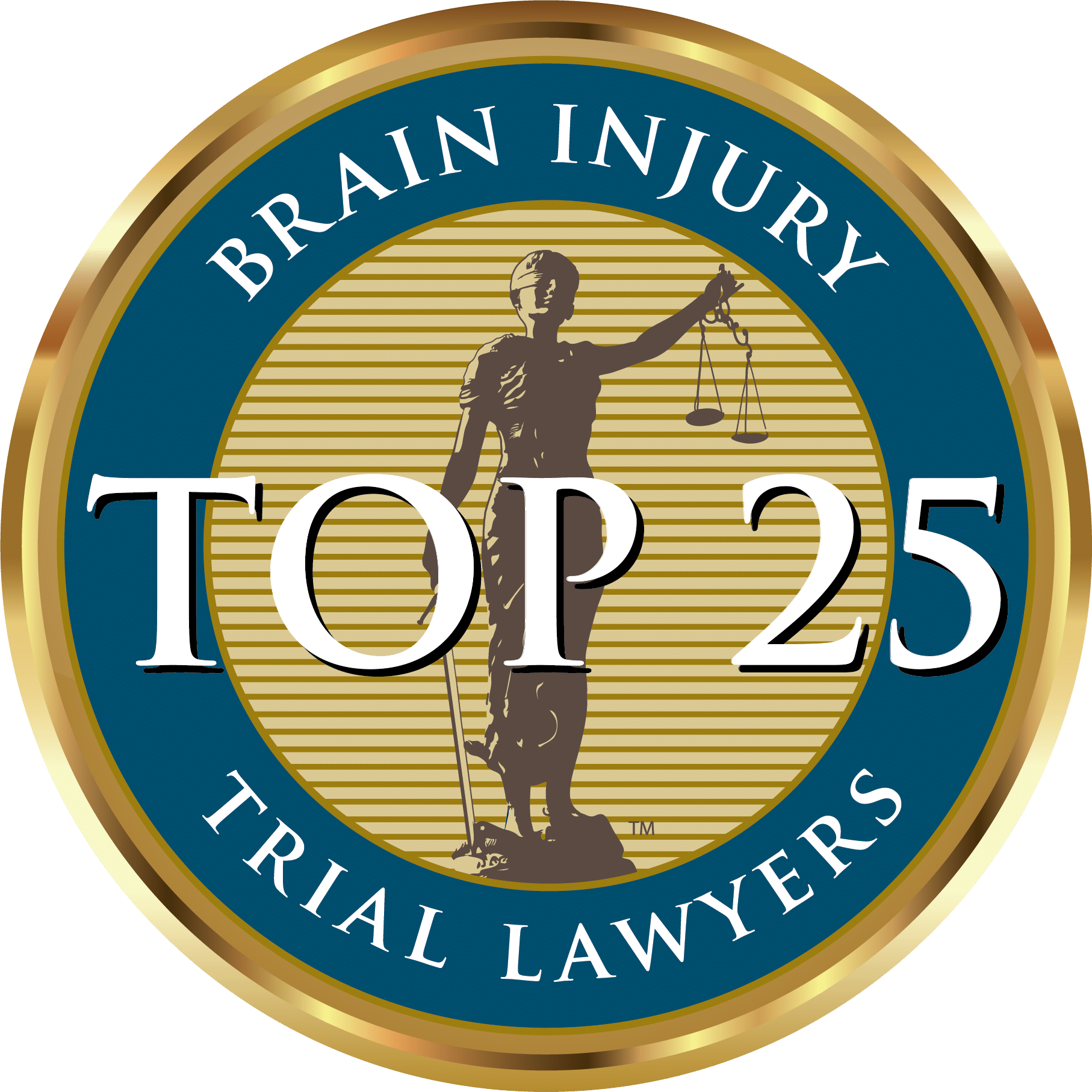Senior Driving Assessment
Older drivers are not necessarily unsafe, but accidents can increase the risk of serious injuries and fatalities as our bodies age. Take a senior driving assessment to learn how you react in various scenarios, learn some tips to help keep you safe on the road, and discover alternatives if you can no longer safely drive. If you have been in a motor vehicle accident, Cordisco & Saile LLC can help. Contact us today for a free consultation.
Father Time doesn’t discriminate. No one can avoid age-related changes in reaction time, eyesight, and other factors critical to safe driving. However, that does not mean older drivers are particularly unsafe, and their experience may positively impact their driving ability.
Specific changes to your driving habits can indicate that you should take additional precautions or stop driving altogether. If you do have to stop driving, there are alternatives to help you get groceries, visit the doctor, and maintain mobility. The experienced team at Cordisco & Saile LLC can also help if you’ve been in an accident.
This senior driving self-assessment is a helpful tool, though it is not a substitute for a doctor’s advice or state laws. Older drivers and their loved ones can use the test to gain an honest assessment of whether they keep driving with no judgment. Use it to identify areas for improvement and follow additional safety precautions if your answers indicate that you need further protection in your vehicle.
Self-Driving Assessment
For each question, assign yourself the indicated points for each answer. At the end of the quiz, add up your score to determine if it is okay to drive, take additional precautions, or if it is safer to find alternative modes of transportation.
While it can be hard to ponder giving up your independence, this senior driving self-assessment is most helpful if you answer all questions honestly. Go over it with someone you drive with often, and have them review your responses so you have an additional perspective.
Senior Driving Assessment Score Meanings
0-4 - Go!
You are following safe driving practices. Keep the questions from the assessment in mind so it is easier to spot potential problems in the future.
5-8 - Caution!
You are following some unsafe driving practices. Review our tips below to learn more about improving your awareness while driving.
9-16 - Stop!
You are following too many unsafe driving practices. Take time to evaluate the areas where you need improvement and plan to address them soon. It may also help to look into refreshing your driving skills using a professional course.
Valuable Tips If You Must Change Your Habits
This senior driving assessment is a guide, not a final answer on your driving ability. There are steps you can take to keep yourself safer on the road, including the following:
- Get your eyes checked regularly and wear glasses if needed.
- Keep mirrors and windshields clean at all times.
- Talk to your doctor about activities to increase flexibility and strength.
- Avoid driving during busy hours of the day.
- Plan your driving route ahead of time.
- Plan your route to include well-lit streets and easy parking.
- Leave a considerable distance between you and other cars.
- Avoid distractions, such as eating or using a phone.
- Take longer routes if necessary, especially if you feel uncomfortable on interstates.
- Learn how the medications you take may affect your driving.
- Upgrade your car with better safety measures, such as new tires to make your car easier to handle, a backup camera, blind spot mirrors, and upgraded headlights.

Anything that improves your comfort might also make it easier for you to drive without distraction. Seat cushions can help with pain, especially on longer trips. Seatbelt adjusters may make you more comfortable and give you a snugger fit for safety.
It is critical to take as many precautions as possible. Our bodies become more prone to injuries as we age. In 2021, drivers between the ages of 25 and 44 represented the most traffic fatalities, but drivers aged 75+ had the highest fatality rates.
What To Do If You Can't Drive
If you are unable to drive, there are alternatives. Here are a few ways to get around:
- Ask for help from family and friends.
- Take public transportation. Pennsylvania offers a free transit program for senior citizens.
- Contact senior ride programs. Pennsylvania’s Medical Assistance Transportation Program provides non-emergency rides for Medical Assistance recipients.
- Use ridesharing apps like Uber and Lyft.
- Use grocery delivery services.
- Look into other programs that help seniors. Some cities and towns offer programs that help so you don't have to drive. For example, some programs deliver groceries to seniors who cannot drive.
You can find a list of organizations that provide shuttles and other services across Pennsylvania through the PA 211 program. Its website offers a clickable map showing programs around the state that can help you with transportation.
The Centers for Disease Control and Prevention’s MyMobility Plan tool is also useful. The agency developed it to help keep seniors and their loved ones safe, mobile, and independent.
Get Help After an Accident from the Experienced Team at Cordisco & Saile
It is by no means a given that an older driver involved in an accident is the party who caused it. No matter how careful you are, other drivers may be negligent and cause accidents. If you’ve been hurt in an accident caused by someone else, the skilled elderly driver accident injury lawyers at Cordisco & Saile LLC can help you investigate your case and pursue damages. Some of the cases our team handles include:
Contact Cordisco & Saile LLC today by calling 215-642-2335 or completing our online contact form for a free consultation. We serve several areas across Pennsylvania and New Jersey to help our injured neighbors fight for compensation.


